What is the tolerance range of precision screws?
What is the tolerance range of precision screws?
Service Hotline
+86760-8787 8587We have more than ten years of production experience in the screw industry, the main products are: combination extended screw with nut, hexagonal aluminum column connection model long nut, plastic hand-tightening adjustable cylindrical head screw, knock-on-lock rivet knock-on nails, copper rivets, quenched direct sales, Through-hole stepped T-shaped hand screw nut, hexagonal wood screw, flat washer spring washer set pan head combination screw, enlarged and thickened, non-slip lock nut, blackened 8-level spring washer, hexagon socket head screw screw, for reaming holes Fasteners such as plug screws, quenched pins, screws with two ends, etc., due to the different materials and specifications of the products, the prices are also different, please contact us if necessary.


Stainless steel screws are classified into austenitic stainless steel, ferritic stainless steel, martensitic stainless steel, and precipitation hardening stainless steel. The selection of stainless steel screws is also based on principles. Where to start, let you choose the stainless steel screws you need. After comprehensive and comprehensive consideration of these five aspects, the grades, varieties, specifications and material standards of stainless steel screws are finally determined. Austenitic stainless steel: the most basic alloying elements of austenitic stainless steel are chromium and nickel. The grade is a chromium-nickel austenitic stainless steel with a chromium content of about 18% and a nickel content of about 8%, often called 18-8 stainless steel. The element ratio of chromium and nickel basically ensures that the structure of the steel is stable austenitic ferritic stainless steel: 430 type ordinary chromium steel, its corrosion resistance and heat resistance are better than 410 type, magnetic, but it It cannot be strengthened by heat treatment, and is suitable for stainless steel screws with slightly higher corrosion resistance and heat resistance and general strength requirements. Martensitic stainless steel: Type 410 and 416 can be strengthened by heat treatment, with a hardness of 35 to 45HRC, and good machinability. They are used for general-purpose heat-resistant and corrosion-resistant stainless steel screws. Type 416 has a slightly higher sulfur content and is a free-cutting stainless steel. Type 420, sulfur content? R0.15%, improved mechanical properties, can be strengthened by heat treatment, maximum hardness value of 53 ~ 58HRC, used for stainless steel screws requiring higher strength. Precipitation hardening stainless steel: 17-4PH, PH15-7Mo, they can get higher strength than the usual 18-8 type stainless steel, so they are used for high-strength, corrosion-resistant stainless steel stainless steel screws. A-286, a non-standard stainless steel, has higher corrosion resistance than commonly used Type 18-8 stainless steels, as well as good mechanical properties at elevated temperatures. Used as high-strength, heat-resistant, corrosion-resistant stainless steel screws, can be used to 650 ~ 700 ℃. Austenitic stainless steel: The commonly used models are 302, 303, 304, and 305, which are the so-called 18-8 austenitic stainless steels. Both corrosion resistance and mechanical properties are similar. The starting point of selection is the production process method of stainless steel screws, and the method depends on the size and shape of stainless steel screws, and also depends on the quantity of production. Type 302 is used for machined screws and self-tapping bolts. Type 303 In order to improve machinability, Type 303 stainless steel is added with a small amount of sulfur and is used to machine nuts from bar stock. Type 304 is suitable for hot heading stainless steel screws, such as longer gauge bolts, large diameter bolts, which may be beyond the scope of the cold heading process. Type 305 is suitable for cold heading processing of stainless steel screws, such as cold formed nuts, hex bolts. Type 309 and Type 310, their Cr content and Ni content are higher than 18-8 type stainless steel, suitable for stainless steel screws working at high temperature. Types 316 and 317, both of which contain the alloying element Mo, have higher high temperature strength and corrosion resistance than 18-8 type stainless steel. Type 321 and Type 347, Type 321 contains a relatively stable alloying element Ti, Type 347 contains Nb, which improves the intergranular corrosion resistance of the material. It is suitable for stainless steel standard parts that are not annealed after welding or serve at 420~1013℃.
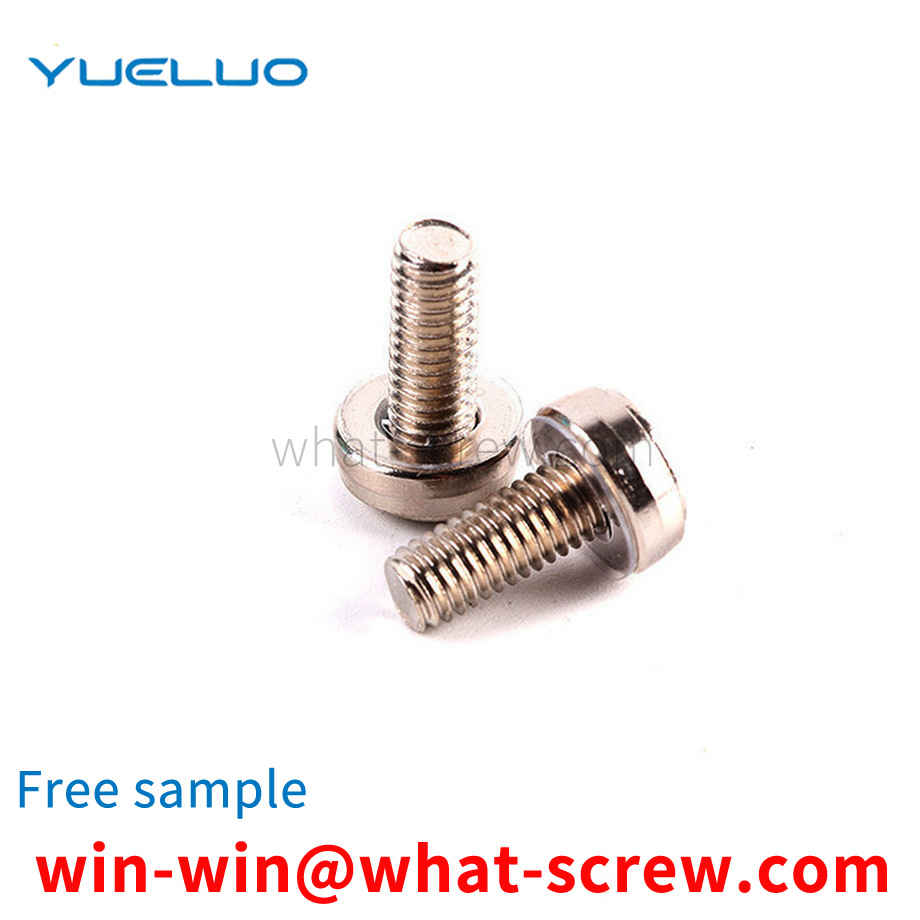
Countersunk head screws are mostly used after installation, and the surface of the parts cannot be raised, and the parts to be fastened have two thicknesses. Thickness, after the screw is tightened, there is still a part of the screw thread that does not enter the threaded hole. In this case, the countersunk head screw can definitely be tightened. There is usually a situation where the thickness of the fastened part is less than the height of the head of the countersunk head screw, which is commonly seen in sheet metal parts in mechanical equipment, such as the connection between the hinge of the chassis and the door and the box; the sheet metal of the equipment The connection of the cover to the equipment, etc. Due to the small thickness of the part, the tightened sheet metal part, the screw through hole completely becomes a conical hole, in this case, when the countersunk head screw is tightened, the screw head is not a tapered surface to press the sheet metal part , but the bottom of the screw head and the top of the threaded hole are squeezed. Although it feels that the screw is tightened, the sheet metal part is stuck instead of being pressed. In this case, although it feels that the screw is tightened, the sheet metal The gold pieces were indeed not tightened. This is a very common situation. Let’s talk about the reasons for the processing: the head cone of the countersunk screw has a 90° conical angle, and the apex angle of the newly bought drill is usually 118°-120°. Some workers who lack training do not know this angle is poor. It is often used to ream the hole with a 120° drill bit, which results in that when the countersunk head screw is tightened, it is not the conical surface of the head, but a line at the bottom of the screw head, which is one of the reasons why the so-called countersunk head screw cannot be tightened. , it's not the screw's fault.
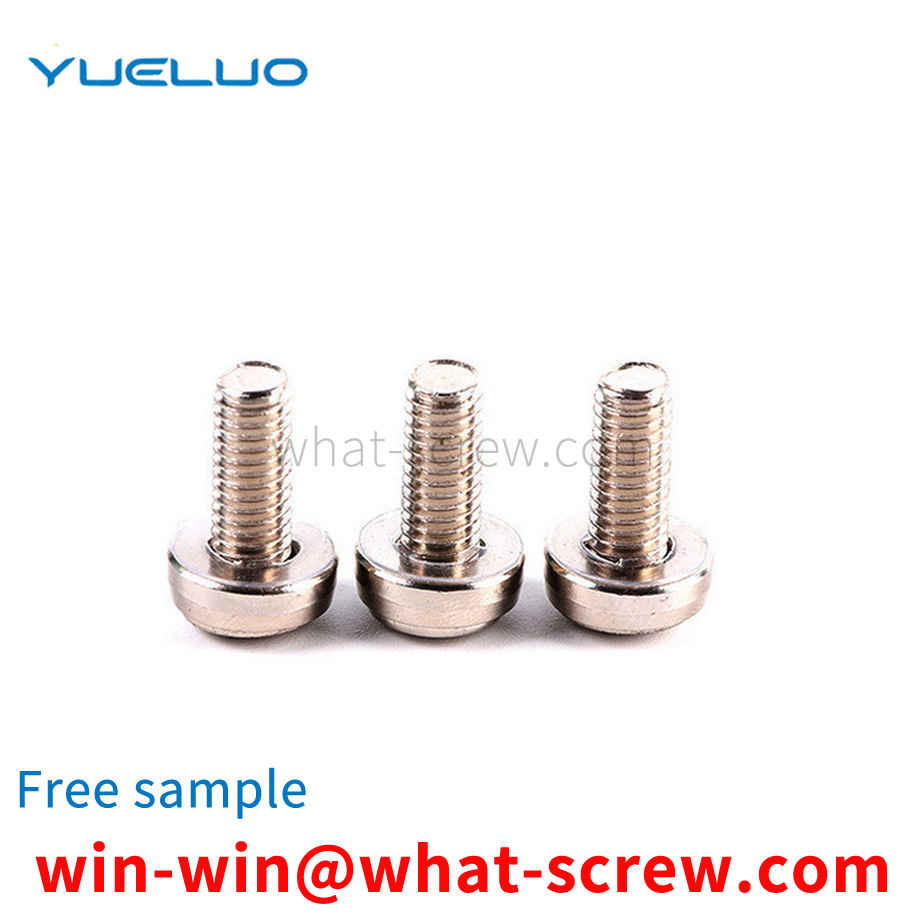
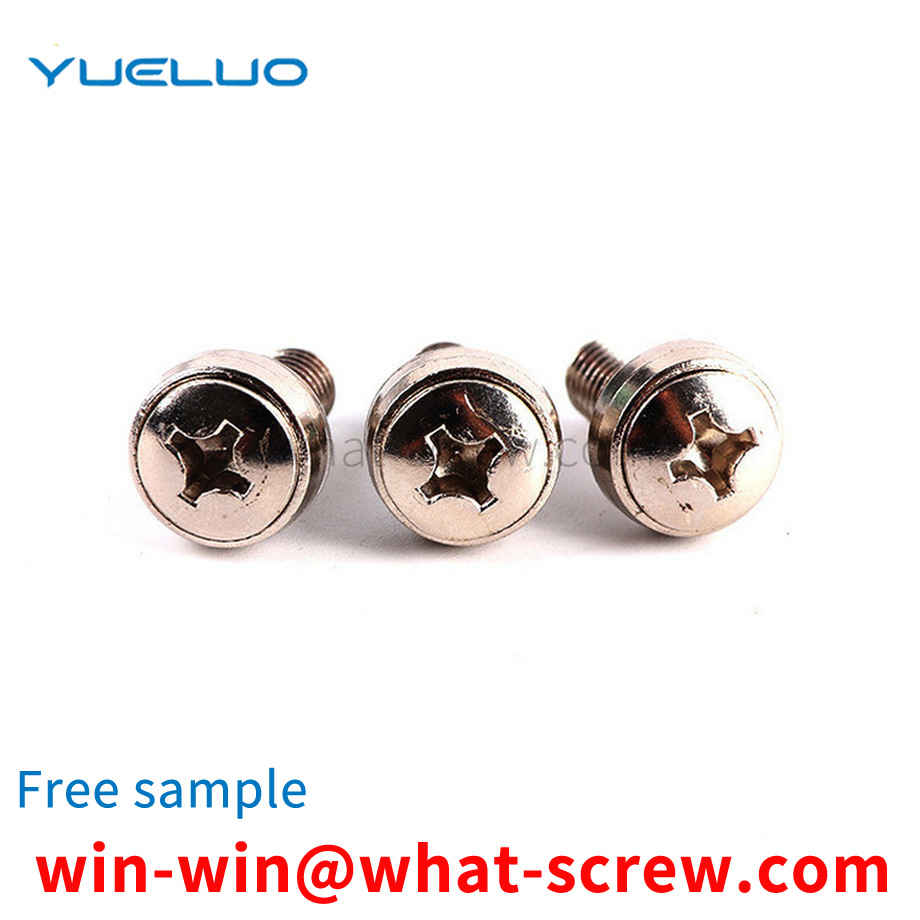
T-bolt with a spring, used for undercutting the opening of the outer closed cavity, including a head and a rod part connected in one piece, and also including a strip spacer, a spring and a pull rod, and the length of the strip spacer is greater than The opening, the connecting part of the head and the rod part are set as polygonal anti-rotation blocks, and the strip-shaped spacer is provided with anti-rotation holes for inserting the anti-rotation blocks, and the shape and size of the anti-rotation holes are the same as The size of the anti-rotation hole is smaller than that of the head; the spring is threadedly matched with the rod part, and is fixedly connected with the pull rod, and the pull rod moves away from the rod part along the axial direction of the rod part One side of the head extends. The utility model can be easily and reliably buckled in the opening of the airtight cavity, thereby facilitating the installation and connection of external parts.
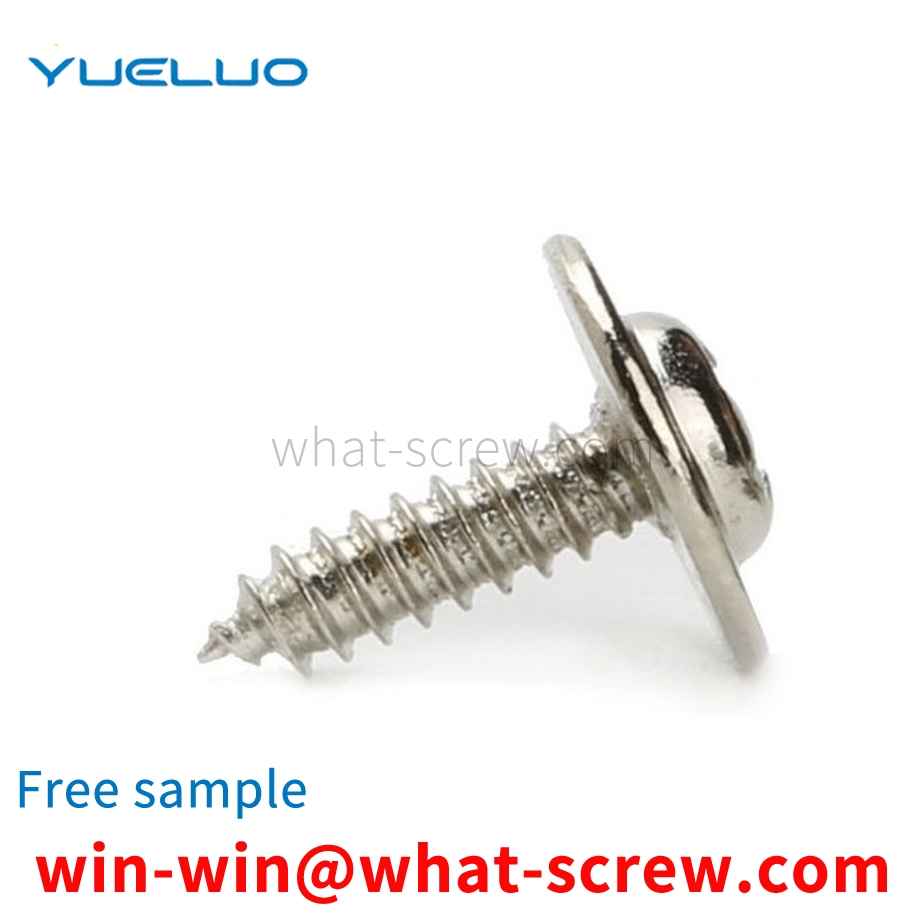
The shear strength of a metal material refers to the ability of the material to withstand shearing force, which refers to the strength of the external force perpendicular to the material axis and shearing the material. The test is usually to install the cylindrical pin into the specified fixture, and the gap between the supporting part and the loading part is required to be no more than 0.15mm, and then force is applied to test the shear strength of the material.
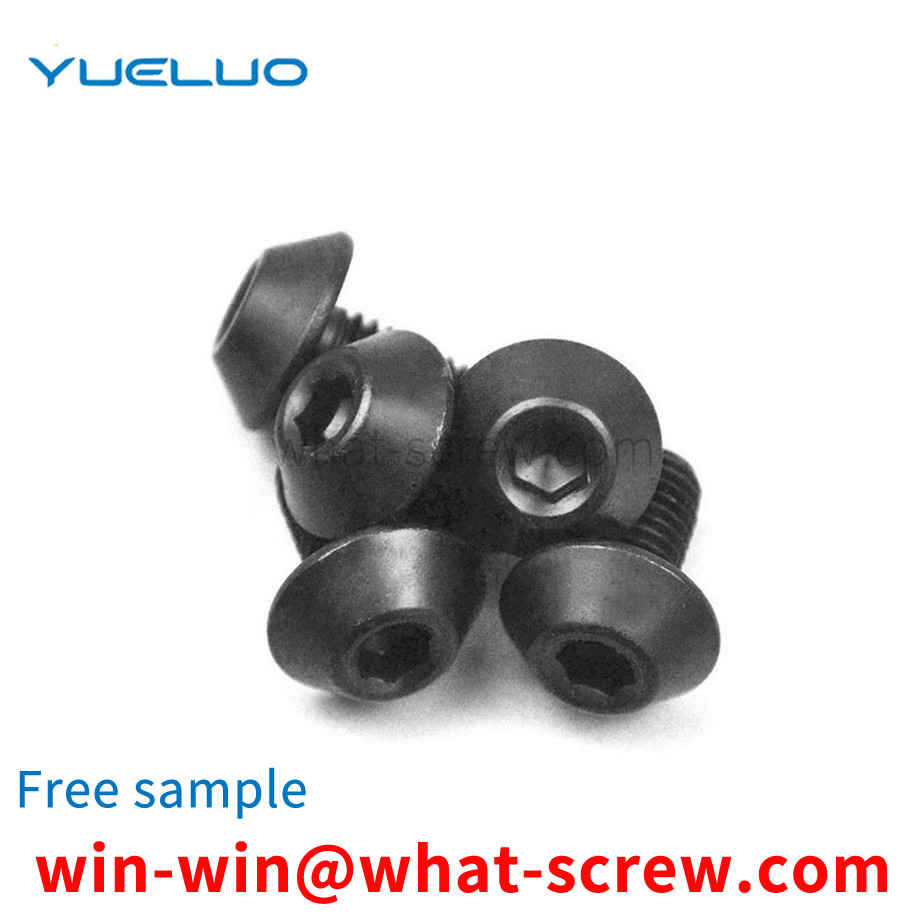
The above content is uploaded by Yueluo or the Internet. If there is any copyright issue, please contact [email protected].

What is the tolerance range of precision screws?

How to choose the right stainless steel screw manufacturer?

Why is there an R angle under the head of the hexagon head s...
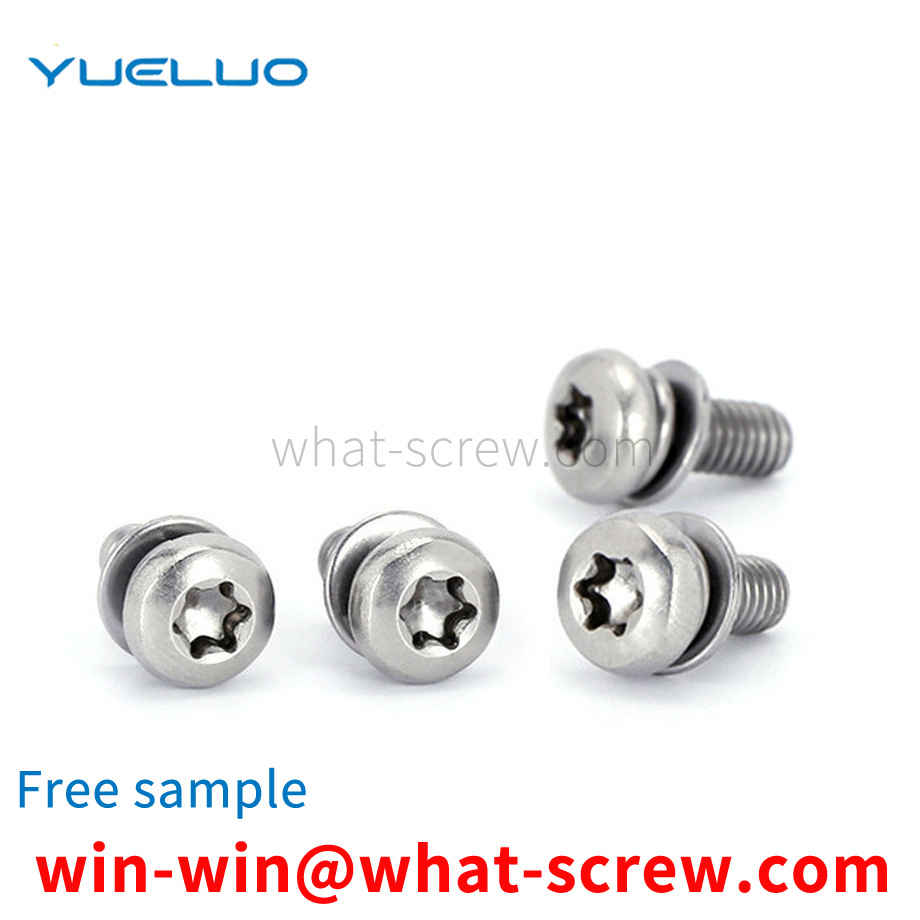
We have more than ten years of production experience in the ...

We have more than ten years of production experience in the ...

We have more than ten years of experience in screw industry ...
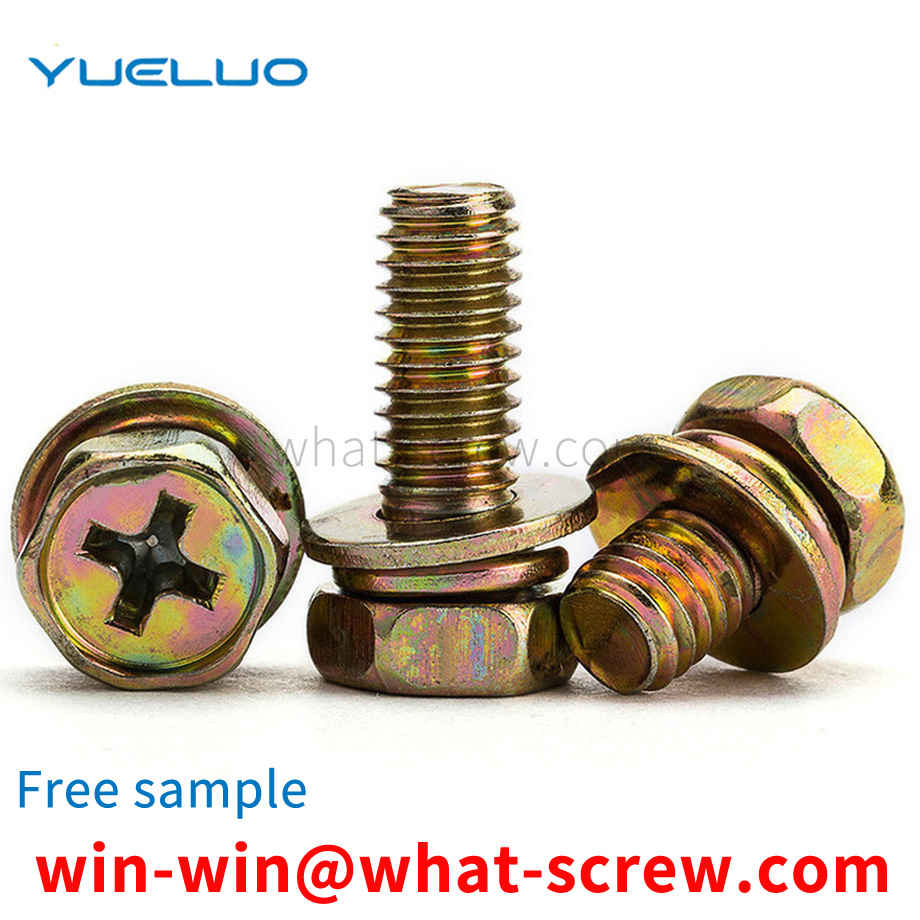
We have more than ten years of production experience in the ...